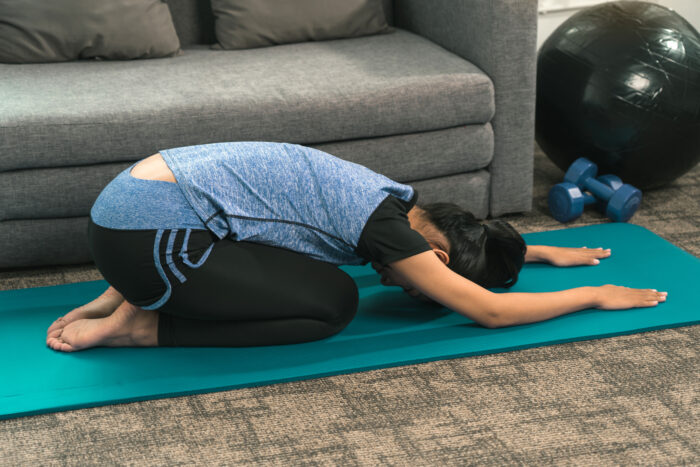
Lumbar physical therapy, also known as lower back physical therapy, is a specialized form of physical therapy focused on assessing, diagnosing, and treating conditions and injuries affecting the lumbar spine (lower back). It involves therapeutic exercises, manual techniques, and education to promote healing, reduce pain, improve function, and prevent future problems.
Here are the key components and goals of lumbar physical therapy…
Components of Lumbar Physical Therapy
- Assessment and Evaluation – A physical therapist will conduct a thorough assessment to understand your symptoms, medical history, and functional limitations related to your lower back. This may include a range of motion tests, strength assessments, and posture analysis.
- Treatment Planning – Based on the assessment findings, the physical therapist will develop an individualized treatment plan tailored to your specific needs and goals. The plan may include a combination of therapeutic techniques and exercises.
- Therapeutic Exercises – These exercises are designed to strengthen the muscles supporting the lumbar spine, improve flexibility, and enhance overall function. Examples include core stabilization exercises, stretching, and aerobic conditioning exercises.
- Manual Therapy – Hands-on techniques performed by the physical therapist to mobilize joints, manipulate soft tissues, and alleviate pain and stiffness in the lumbar spine. This may include techniques such as joint mobilization, soft tissue massage, and myofascial release.
- Education and Ergonomics – Educating patients about proper posture, body mechanics, and ergonomics (such as workplace setup) is crucial to prevent further injury and promote spine health. Patients learn techniques for safe lifting, sitting, and standing to reduce strain on the lower back.
- Modalities – Physical therapists may use modalities such as heat or ice therapy, electrical stimulation, ultrasound, or traction as adjunct treatments to relieve pain and promote healing.
- Functional Training – Incorporating activities and exercises that simulate daily tasks or sports-specific movements to improve functional abilities and enhance performance while minimizing the risk of re-injury.
Goals of Lumbar Physical Therapy
- Pain Relief – Reduce pain and discomfort in the lumbar spine through targeted interventions and therapeutic techniques.
- Improvement in Mobility – Increase range of motion and flexibility in the lumbar spine and surrounding muscles.
- Strength and Stability – Strengthen the muscles of the lower back, core, and pelvic region to improve stability and support for the spine.
- Improved Function – Enhance overall function and ability to perform daily activities, work tasks, and recreational activities with less pain and improved efficiency.
- Prevention of Recurrence – Educate patients on strategies to prevent future episodes of lower back pain or injury through proper body mechanics, posture, and exercise techniques.
Conditions Treated with Lumbar Physical Therapy
- Muscle Strains and Sprains – Injuries to the muscles and ligaments of the lower back.
- Herniated Discs – Disc herniation or bulging discs causing nerve compression and pain.
- Degenerative Disc Disease – Age-related changes in the spinal discs leading to pain and stiffness.
- Sciatica – Compression or irritation of the sciatic nerve, causing radiating pain down the leg.
- Spinal Stenosis – Narrowing of the spinal canal or nerve openings, leading to nerve compression and symptoms.
When to Consider Lumbar Physical Therapy
- Chronic or Recurrent Back Pain – Persistent lower back pain that affects daily activities.
- Recent Injury – Following an acute injury or trauma to the lumbar spine.
- Post-Surgery – Rehabilitation after lumbar spine surgery to restore mobility and function.
- Functional Limitations – Difficulty performing daily tasks due to lower back pain or stiffness.
Lumbar physical therapy empowers individuals to manage their lower back pain effectively, improve function, and enhance their overall quality of life through personalized treatment plans and education.
Related Posts
Do Lumbar Pillows Really Work?
On
May 20, 2024
How Do You Unlock Your Lumbar Spine?
On
July 22, 2024
How Can I Adjust My Lumbar At Home?
On
July 1, 2024
Should You Stretch A Lumbar Strain?
On
June 28, 2024



